
Welcome to the underwater world!
Medical Check-up
Skin Diver Course Completion
Skin Diving Equipment
Gear Preparation and Maintenance
Using Your Equipment
Skin Diving Skill
Rules and Manners
Safety Management
Important Points for Ocean Practice
Ear Equalization
Mask Blow
Mask Clear
Dangerous Breathing Methods – Hyperventilation
Light and Color
Poisonous Sea Life 1
Poisonous Sea Life 2
Aggressive Sea Life
Transform into a Fish on your Holidays
STARS net-diver School

|

STARS net-diver School Top Page > Snorkel Diver / Skin Diver / Introductory Diver Course > Skin Diver Manual |
|
|
Poisonous Sea Life 2
|
|
■Octopus
Octopi, particularly large ones, have such powerful suckers that they present the danger of freely manipulating and injuring a diver, such as taking hold of the diver’s mask or regulator.
The tiny and beautiful blue-ringed octopus possesses a poison so toxic that one bite is deadly. However, these are not aggressive unless provoked.
|
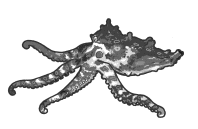 |
|
|
■Jellyfish
Most jellyfish possess poisonous nematocysts in their tentacles. The Portuguese man-of-war and similar jellyfish are deadly.
|
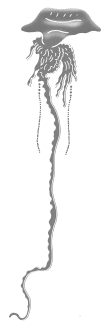 |
■Cone Shell
The attractive and seemingly innocuous cone shell is has a powerful poisonous needle that darts out when disturbed, to deadly effect.
|
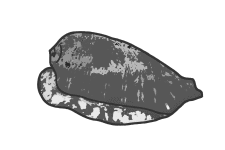 |
|
|
■Sea Urchin
Diadem urchins (longspine urchins) and other sea urchin have poisonous spines which easily penetrate wetsuits and skin before breaking off to remain imbedded underneath the skin. Iijima Fukuro urchins and pacific urchins possess neurotoxins – keep clear!
|
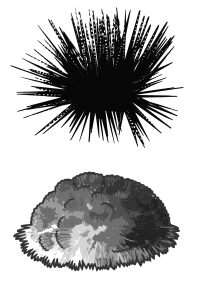 |
|
|
■Crown of Thorns Starfish
Living on coral reefs, these starfish possess wide, pointed, poisonous thorns. Since they have had an explosive increase in population in recent years, these coral, coral crab and conch shell-eating pests are now targeted as a protective measure.
|
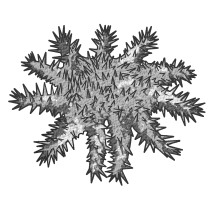 |
|
|
■Hydrozoan Stinging Ferns
With branches resembling chicken feathers, these hydrozoans (in the same family as jellyfish) have nematocysts which, when brushed up against, fire. The result is a pricking pain, ache, red blisters and strong itchiness lasting several days.
|
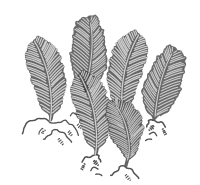 |
|
|
■Fire Coral
Very similar to regular coral reef, these are widely distributed among tropical reefs. If accidentally touched, these produce a burning pain and inflammation that lasts for several days.
|
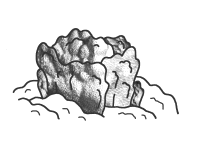 |
|
|
|
  |
|

